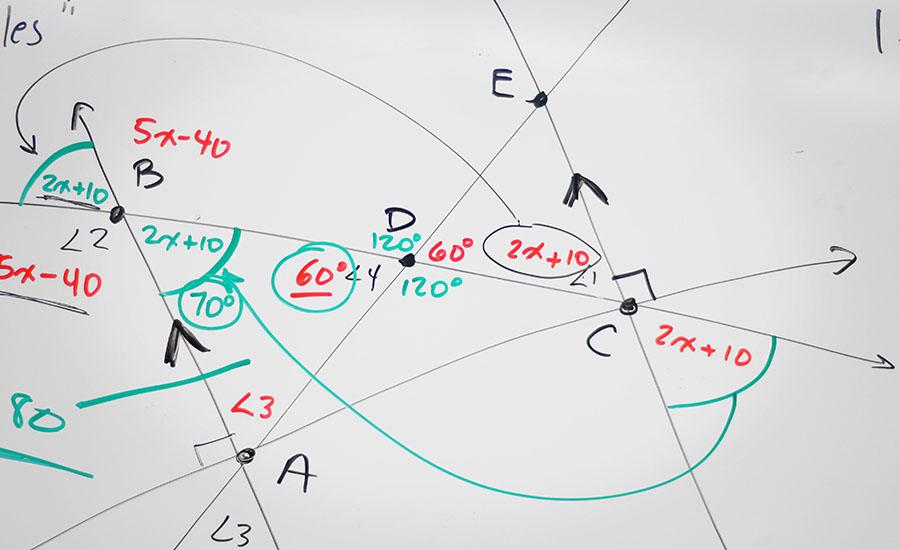
Energy Transfer: Ramps
by Natasha Banales
Students will learn about the difference between potential and kinetic energy by building a ramp. Three objects will be tested down the ramp to see which one can go the farthest. Data will be collected, plotted on a line plot, and analyzed. Students will reflect on their designs and define the science terms associated with this lesson.
Lesson Grade Level
4th GradeLesson Plan Link/URL
https://docs.google.com/presentation/d/1XkQ306iAq9duY1KC9ASv7vNvqUYe2Y7O/edit?u…Subject Area
Science Physical Science P4: Energy Transfer Engineering S2: Apply the Engineering Design Process Mathematics Measurement and Data (MD) English Language Arts (ELA) Writing
Featured
Off
Related Content

Grades:
4th Grade, 5th Grade
This lesson teaches students about lines, angles, measuring and naming angles, using a protractor, and engages students by having them build a catapult and measure best angle for furthest launch.

Grades:
3rd Grade, 4th Grade, 5th Grade
This STEM activity is designed to explore force, motion, friction, and speed with a student-friendly and engaging activity. Students will plan and create a marble maze using simple materials. Material

Grades:
6th Grade, 7th Grade, 8th Grade
This lesson will provide students with hands-on experience to design a roller coaster that will demonstrate transformation and conservation of mechanical energy. Students will learn the concept of